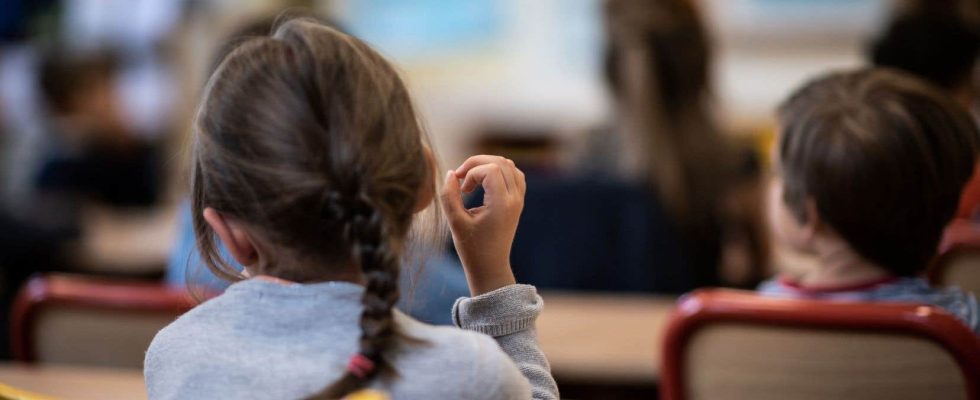In 2021, nearly half of eligible Ontario students did not have access to a place in a French-language school, according to the most recent report from the province’s Office of Financial Accountability (BRF).
Published this week, the document indicates that for 268,250 children and young people of school age and having a constitutional right to school in French, the province had 158,309 places in public and Catholic establishments, a rate of coverage of 59%.
In other words, 41% of eligible children were unable to access education in French, since there were nearly 110,000 more eligible children than places available.
“There are also large regional differences in coverage” on the provincial territory, we can read in the report. While coverage stands at 79% in Ottawa, it is zero in Kingston, northwest of Toronto, or west of Thunder Bay, near the border with Manitoba and the United States.
Added to this is a “problem of geographic proximity”. According to Statistics Canada, “in Ontario, less than half of children (46.7%) likely to benefit from a French-language education are within walking distance (that is, less than 2 kilometers) of ‘a school in the French language education system’. However, attendance at French-language schools by rights holders “decreases considerably with increasing distance”.
Thus, the combination of the lack of places and the distance “could constitute an obstacle” to the registration of rights holders in French-speaking schools, decides the BRF.
More funding
However, French-language school systems received more provincial funding per student than English-language systems. On the French-speaking side, funding amounted, on average, to just over $18,500 per student in the public system, and around $1,000 less in the Catholic system. In the English system, “the English public and English Catholic systems respectively received $13,027 and $13,252 per student in 2021-2022”.
This gap is explained, according to the BRF, by “additional funding” granted to school boards with smaller numbers, “whose schools are remote, remote and in French.” English-speaking school boards are less “isolated”, and have enrollments more than 4 times higher than those of French-speaking ones in the public system.
French-speaking school boards also receive more funding than their English-speaking counterparts for their language programs. “The FAO estimates that the Language Teaching Grant provides on average $354 per student to English-language school boards and $2,043 per student to French-language school boards. »
These funds go to the “English as a Second Language” and “French as a Second Language” programs in English-speaking schools, and “French as a First Language”, “Language Update in French” and “Support Program for New arrivals” in French-speaking establishments.
Better results
More rural and isolated school boards generally have lower pass rates on Education Quality and Accountability Office tests, which assess the reading, writing and math skills of all students in the province.
From the 3e at 9e year, French speakers in the public system perform better on these exams, with a success rate of 74.2%, compared to 66.8% for English speakers. A success which cannot be explained by the greater funding, according to the BRF.
He adds that schools in rural areas, which include several French-speaking establishments, “generally have less educational support”, and are “less likely to have” a specialized educator, a librarian, or even a psychologist.
This report is supported by the Local Journalism Initiative, funded by the Government of Canada.
